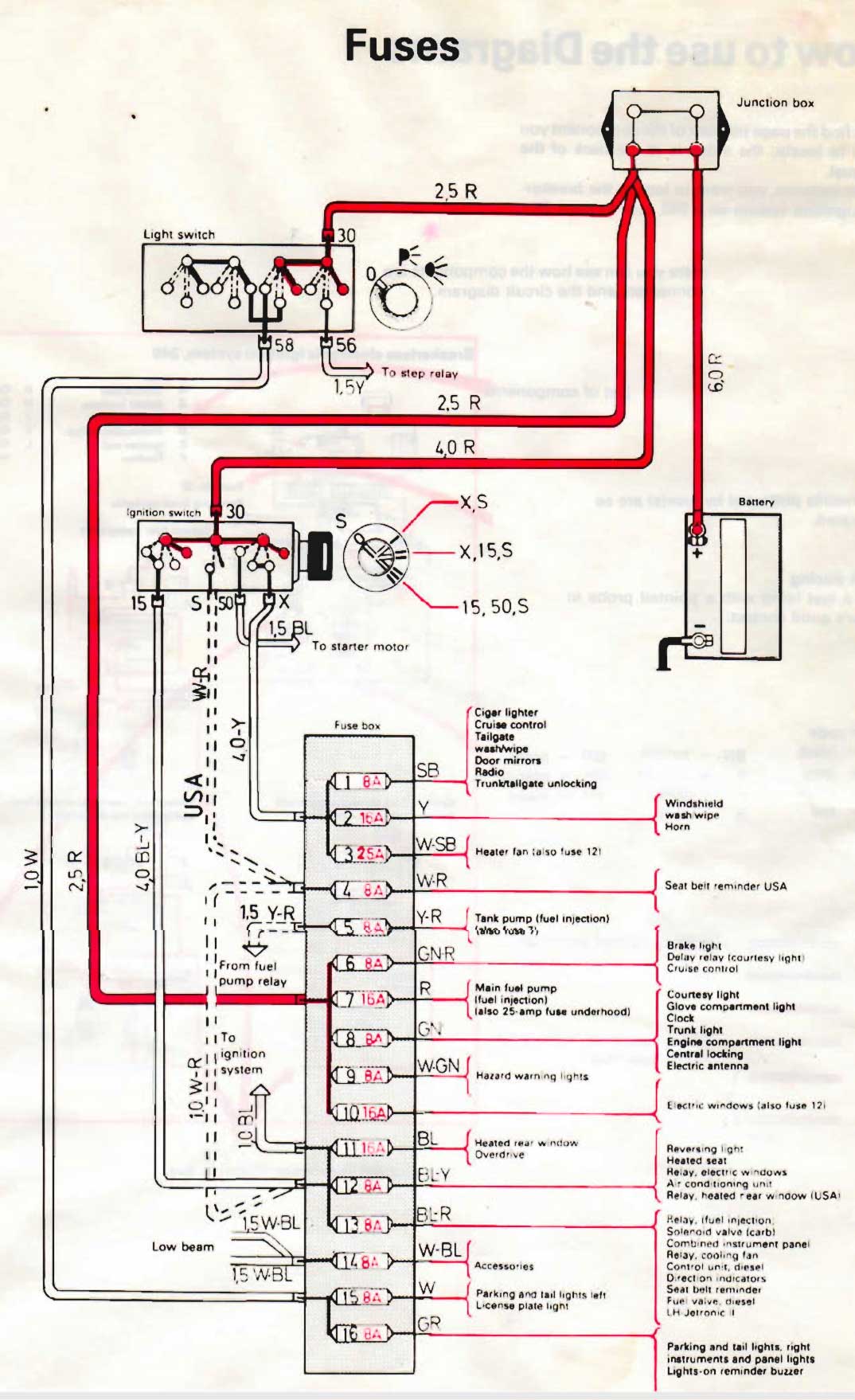TrboDieselPwrd
Member
- Joined
- Oct 26, 2003
- Location
- Columbia, MD
1984 245ti converted to LH 2.2 (?), previously schaff70 and then woodenpudden's
I think there are a couple of things going on here, but basically the car won't start. There a few prior incidents where it would not start, I'd fumble with fuses, electrical connections, and it seemed to start and run just fine. This was a random "fix" though, there's something more than this going on. I've searched the other related threads here and have done some debugging and was hoping for some advice.
Some notes:
- It's not the coil, I swapped another because it was easy and made no difference. Coil primary & secondary resistances are ok.
- It doesn't seem to be the power stage, passes voltage tests
- EM2 switch on the fuel pump relay doesn't close (EM1 does), possibly indicating hall sensor (it was replaced a couple years ago so it's not that old)
- Insulation on the hall sensor connector was kinda bad, so I cleaned it up but made no difference
- Both fuel pumps run when jumped from the fuse panel
- It's not the 25A inline fuse from the battery to ECU
Now here's the weird part. Separate issue, but perhaps is related. Battery connected, keys out, I have +12V at both terminals of the coil. Key to 'on', same deal. I go to start the car, it would come to life for a split second, then die. Voltage on the coil terminals (1 and 15 both to ground) are 0.3V. I'm not sure what's happening here...does the ECU think everything is ok and then kill the car when it realizes that the hall sensor is dead? Car will drain the battery if left overnight, and has always been the case since I've had it. The drain comes through the circuit with the 25A blade fuse.
I'm not sure why +12V at the coil with the car off and battery connected. Could be a bad ignition switch or some other relay stuck somewhere?
I still need to test hall sensor wiring voltage and will report back. Car is at work, so it's tough to get to. I get the slightest bit of movement from the tach needle at first (when I first have +12v at the coil), but then no movement with subsequent cranking.
In short, I suspect hall sensor, hall sensor wiring, or (I hope not) the ECU for the no start. I also haven't ruled out that perhaps it could be fuel...if correct fuel pressure isn't sensed, would that kill the spark?
Not sure what's up with the car being 'on' with the battery connected.
Thanks in advance for your help.
I think there are a couple of things going on here, but basically the car won't start. There a few prior incidents where it would not start, I'd fumble with fuses, electrical connections, and it seemed to start and run just fine. This was a random "fix" though, there's something more than this going on. I've searched the other related threads here and have done some debugging and was hoping for some advice.
Some notes:
- It's not the coil, I swapped another because it was easy and made no difference. Coil primary & secondary resistances are ok.
- It doesn't seem to be the power stage, passes voltage tests
- EM2 switch on the fuel pump relay doesn't close (EM1 does), possibly indicating hall sensor (it was replaced a couple years ago so it's not that old)
- Insulation on the hall sensor connector was kinda bad, so I cleaned it up but made no difference
- Both fuel pumps run when jumped from the fuse panel
- It's not the 25A inline fuse from the battery to ECU
Now here's the weird part. Separate issue, but perhaps is related. Battery connected, keys out, I have +12V at both terminals of the coil. Key to 'on', same deal. I go to start the car, it would come to life for a split second, then die. Voltage on the coil terminals (1 and 15 both to ground) are 0.3V. I'm not sure what's happening here...does the ECU think everything is ok and then kill the car when it realizes that the hall sensor is dead? Car will drain the battery if left overnight, and has always been the case since I've had it. The drain comes through the circuit with the 25A blade fuse.
I'm not sure why +12V at the coil with the car off and battery connected. Could be a bad ignition switch or some other relay stuck somewhere?
I still need to test hall sensor wiring voltage and will report back. Car is at work, so it's tough to get to. I get the slightest bit of movement from the tach needle at first (when I first have +12v at the coil), but then no movement with subsequent cranking.
In short, I suspect hall sensor, hall sensor wiring, or (I hope not) the ECU for the no start. I also haven't ruled out that perhaps it could be fuel...if correct fuel pressure isn't sensed, would that kill the spark?
Not sure what's up with the car being 'on' with the battery connected.
Thanks in advance for your help.

